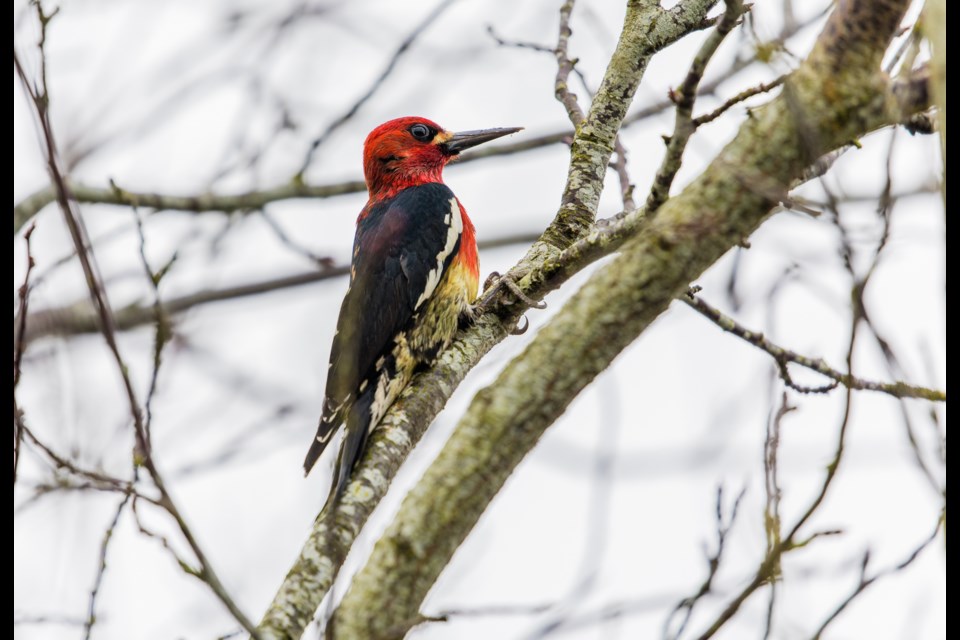The Christmas Bird Count (CBC) began 124 years ago and is North America's longest-running citizen science project. It is now a worldwide event.
Conservation biologist Andrew Bryant is the CBC coordinator for the qathet region and said this year's count takes place on Saturday, December 16.
“In the 19th century people would do a Christmas side-count and shoot birds,” said Bryant. “Frank Chapman [the most influential ornithologist of the early 20th century] said rather than killing birds, why don’t we count them?”
According to Today in Conservation, a conservation history website, the idea was to note all birds present and their relative abundance, providing a huge database that could be used to follow population trends into the future.
“Now the count happens all around the world and provides an enormous amount of biological data, and it’s recorded into a database,” said Bryant. “Each bird count circle is about 20 miles (32 kilometres) in diameter. The Powell River count has about five different areas.”
Bryant worked as a conservation biologist for more than 30 years on the Vancouver Island marmot, and has done ornithological work for 40 years.
“Folks can participate by watching birds in their backyard, or come out and team up with an expert birder, go out and walk around,” said Bryant. “Typically it’s a one-day event; this year it will take place on the 16th of December with a storm date of the 17th.”
North American bird count data is freely available and goes back to the first count in 1900. It is considered the most prominent source of ornithological records around. Results are used by conservation biologists, environmental planners and naturalists to assess the population trends and distribution of birds.
When it comes to population species decline or species abundance, it depends on where you are looking, and what species of bird you are looking at, according to Bryant.
“In Powell River, American robins are doing okay, but we are losing all of our forests, and so, the pileated woodpecker is not doing so well,” said Bryant. “As we continue to develop we are going to lose more.”
Bryant said he spotted a barred owl in his backyard recently, and that there have been a couple of Wilson's snipes reported in the area.
“This species is rarely seen in Powell River,” he added.
One of the hotspots for birders is the Cranberry Lake area.
“When you get a massive number of bird watchers out, that’s what makes the entirety of the bird count important scientifically,” said Bryant.
This year some visiting expert birders will be taking part in the local count.
Historically, after a bird count, there would be a post-count potluck dinner, and this year one will take place in qathet. Preregistration is required. To register send an email to Malaspina Naturalists at [email protected] with the subject: Christmas Bird Count.
To find out more about the bird count and how to input CBC data for qathet, go to naturecounts and birdscanada.org.
Join the Peak’s email list for the top headlines right in your inbox Monday to Friday.




